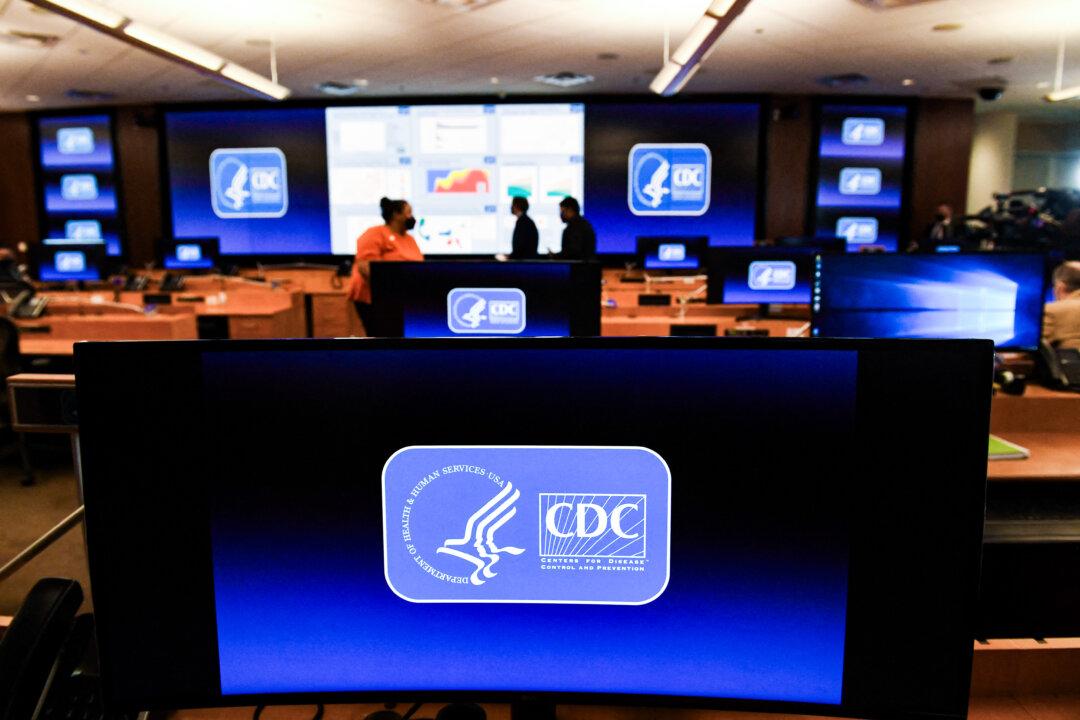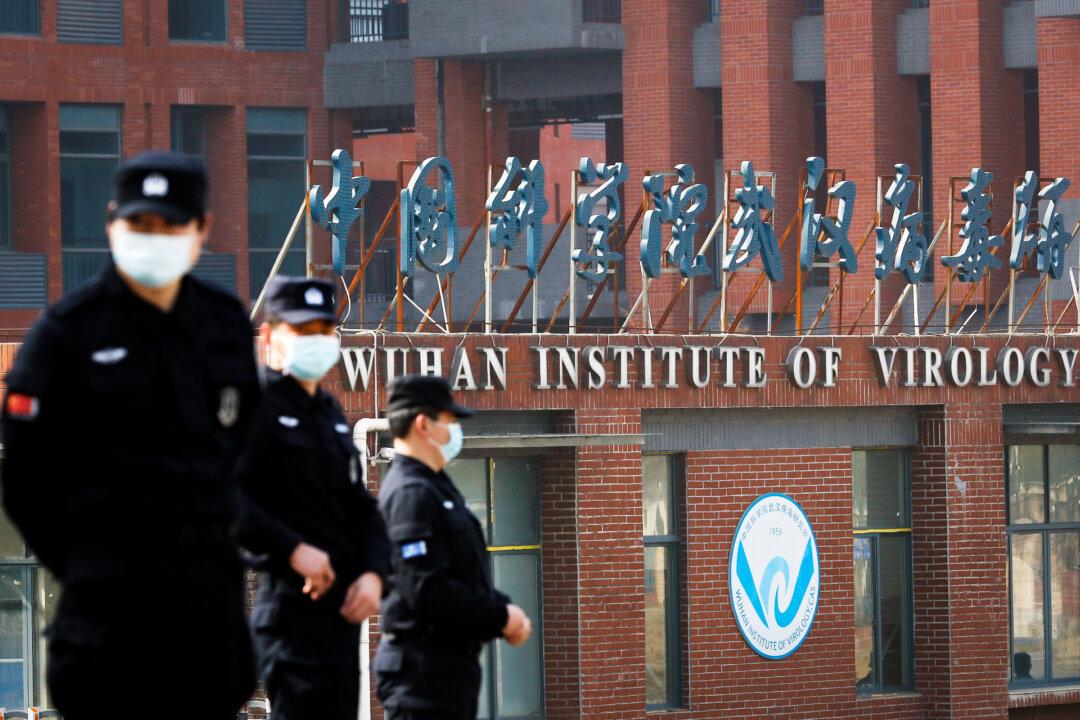News Analysis
A new study on the origins of the pandemic, “Endonuclease fingerprint indicates a synthetic origin of SARS-CoV2,” published on the preprint server bioRxiv, concludes that it is highly likely that the SARS-CoV-2 virus that causes COVID-19 originated in a laboratory. The odds of a natural origin, according to the study, are placed at less than 1 in 100 million.





